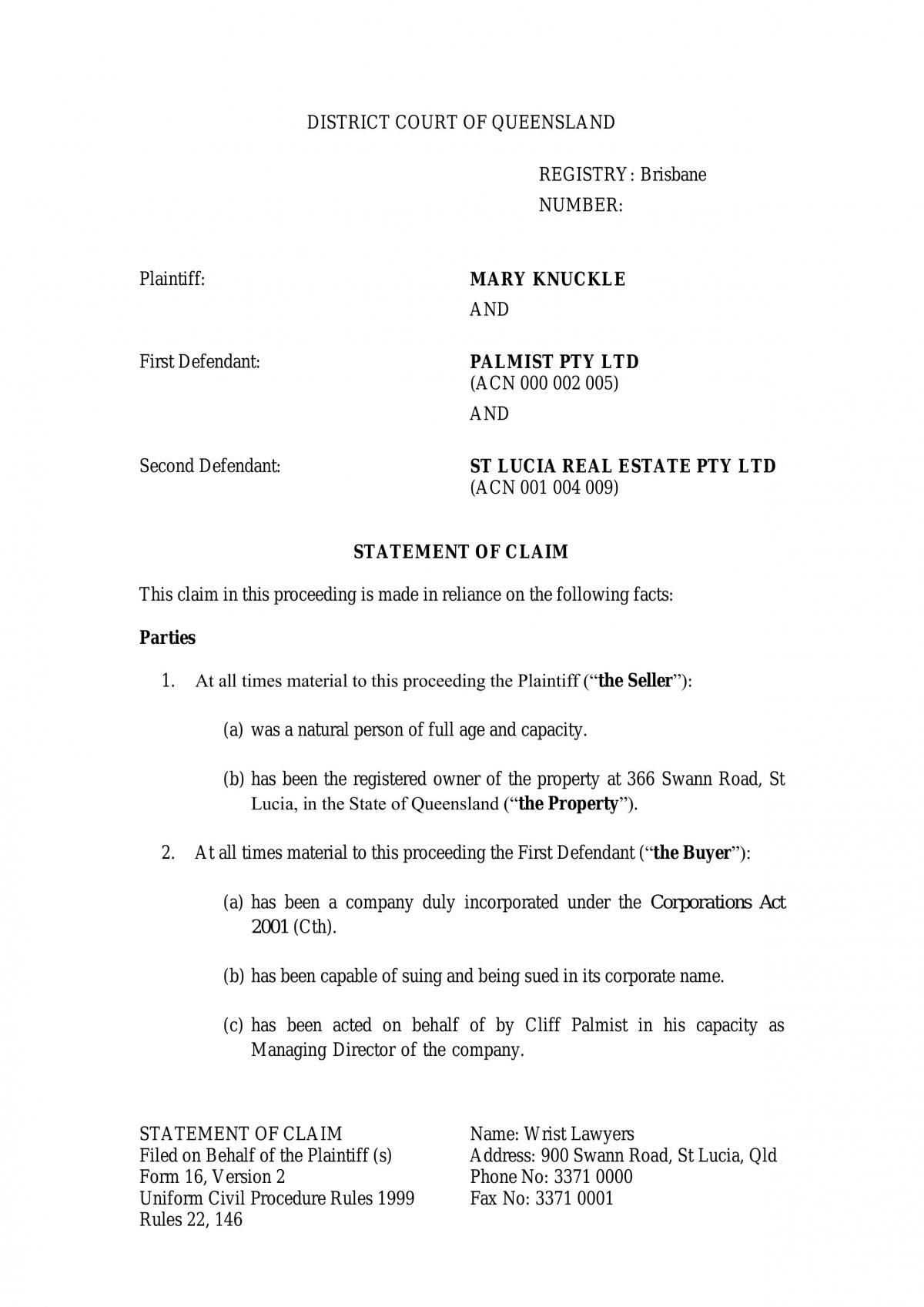Understanding XRP: Functionality, Use Cases, And Future Potential

Table of Contents
XRP Functionality: How Does It Work?
XRP's functionality is intricately linked to the XRP Ledger (XRPL), a robust and innovative technology.
The XRP Ledger (XRPL): A Decentralized Powerhouse
The XRP Ledger is a decentralized, permissionless, and publicly accessible database. Unlike many blockchain networks, the XRPL boasts impressive speed and scalability, handling thousands of transactions per second with significantly lower energy consumption.
- Transaction Speed: The XRPL processes transactions significantly faster than many other blockchains, often within a few seconds.
- Low Transaction Fees: XRP transactions are characterized by their incredibly low fees, making them cost-effective for various applications.
- Consensus Mechanism (RPCA): The XRPL utilizes a unique consensus mechanism called the Ripple Protocol Consensus Algorithm (RPCA), which ensures transaction security and efficiency.
- Energy Efficiency: Compared to energy-intensive proof-of-work blockchains like Bitcoin, the XRPL is remarkably energy-efficient.
XRP acts as the native digital asset of the XRPL, facilitating transactions and providing liquidity within the network. Users send XRP to each other, and the ledger records these transfers securely and transparently.
XRP's Role in Cross-Border Payments
XRP's potential to revolutionize cross-border payments is a significant aspect of its appeal. Traditional international money transfers are often slow, expensive, and opaque. XRP offers a compelling alternative:
- Reduced Transaction Fees: XRP dramatically reduces the fees associated with traditional cross-border payment methods, saving businesses and individuals substantial amounts of money.
- Faster Transaction Speeds: Transactions are processed significantly faster, often completing within seconds or minutes instead of days or weeks.
- Improved Transparency: The transparency of the XRPL provides increased visibility into the transaction process, enhancing trust and accountability.
Several partnerships and initiatives leverage XRP to streamline international payments, demonstrating its real-world applicability in this crucial financial sector.
XRP as a Bridge Currency
XRP acts as a bridge currency, facilitating conversions between different fiat currencies and cryptocurrencies. This function is crucial in enhancing liquidity and efficiency within the broader financial ecosystem.
- Facilitating Conversions: XRP simplifies the conversion process between various currencies, reducing complexity and delays.
- Enabling Faster and Cheaper Exchanges: By using XRP as an intermediary, exchanges can offer faster and cheaper transactions compared to direct conversions.
This bridging capability enhances liquidity by allowing for smoother and more efficient movement of funds between different markets and asset classes.
XRP Use Cases: Beyond Payments
While cross-border payments are a key application, XRP's utility extends far beyond this core function.
Decentralized Exchanges (DEXs)
XRP's efficiency and low fees make it ideal for improving the performance of decentralized exchanges (DEXs).
- Reducing Slippage: XRP helps minimize slippage, the difference between the expected price of a trade and the actual price executed.
- Minimizing Trading Fees: Lower transaction fees on the XRPL contribute to reduced overall trading costs on DEXs.
- Facilitating Faster Trades: The speed of XRP transactions allows for quicker and more efficient trading on DEX platforms.
Several prominent DEXs already utilize XRP to enhance their services, highlighting its growing role in the decentralized finance (DeFi) space.
Micropayments and IoT
XRP's incredibly low transaction costs make it perfectly suited for microtransactions and the burgeoning Internet of Things (IoT) sector.
- Examples of IoT Use Cases: Imagine paying for sensor data, smart home device usage, or other IoT services with near-zero fees.
- Cost-Effectiveness of XRP: XRP's low cost eliminates the financial barriers associated with processing countless tiny transactions, crucial for mass IoT adoption.
This opens up countless possibilities for innovative applications in the rapidly evolving IoT landscape.
Remittances and Financial Inclusion
XRP has the potential to significantly impact remittances and financial inclusion, particularly in underserved communities.
- Lower Remittance Fees: XRP can drastically reduce the high fees associated with sending money across borders, benefiting migrants and their families.
- Faster Transfer Times: The rapid transaction speed of XRP ensures quicker access to funds for recipients.
- Improved Financial Access: By making international money transfers more affordable and efficient, XRP can increase access to financial services for those currently excluded.
This use case highlights XRP's potential for positive social impact by bridging the financial divide.
XRP's Future Potential: Growth and Challenges
While XRP shows significant promise, its future depends on several factors.
Adoption and Regulatory Landscape
The widespread adoption of XRP depends heavily on navigating the evolving regulatory landscape.
- Regulatory Hurdles: Regulatory uncertainty and ongoing legal challenges pose hurdles to wider adoption.
- Growing Adoption in Specific Regions/Sectors: Despite regulatory uncertainty, XRP is gaining traction in specific regions and sectors, showcasing its resilience.
The clarity and stability of the regulatory environment will be crucial in determining XRP's future growth.
Technological Advancements and XRPL Upgrades
Ongoing development and upgrades to the XRPL will be crucial in enhancing XRP's functionality and appeal.
- Planned Upgrades: Future upgrades aim to further improve the XRPL's scalability, speed, and overall efficiency.
- New Features/Functionalities: The addition of new features and functionalities could expand XRP's use cases and attract broader adoption.
Continuous innovation and improvement are vital for maintaining XRP's competitiveness in the dynamic cryptocurrency market.
Market Competition and Innovation
XRP faces competition from other cryptocurrencies, highlighting the importance of continuous innovation and adaptation.
- Key Competitors: XRP competes with other digital assets offering similar functionalities, creating a competitive landscape.
- Areas Where XRP Holds an Advantage: XRP's speed, efficiency, and low transaction costs offer key advantages.
- Areas for Improvement: Continued development and innovation are crucial to maintaining a competitive edge.
Strategic partnerships and collaborations could significantly bolster XRP's growth and market position.
Conclusion
XRP presents a compelling combination of functionality, use cases, and future potential. Its role in facilitating fast, efficient, and low-cost transactions, particularly in cross-border payments and microtransactions, is significant. Understanding the evolving regulatory landscape and the technological advancements shaping the XRPL are crucial for assessing its future trajectory. However, competition remains a factor, underscoring the importance of ongoing innovation. Learn more about the potential of XRP today! Invest in the future of fast and efficient payments with XRP.

Featured Posts
-
 Celebrity Facelift Backlash Fans Claim Procedure Changed Her Appearance
May 02, 2025
Celebrity Facelift Backlash Fans Claim Procedure Changed Her Appearance
May 02, 2025 -
 Riot Fest 2025 Green Day Weezer And More Announced
May 02, 2025
Riot Fest 2025 Green Day Weezer And More Announced
May 02, 2025 -
 The Tonga Si Match A Decisive Victory For Tonga
May 02, 2025
The Tonga Si Match A Decisive Victory For Tonga
May 02, 2025 -
 Duizenden Limburgse Bedrijven Op Wachtlijst Enexis Wat Nu
May 02, 2025
Duizenden Limburgse Bedrijven Op Wachtlijst Enexis Wat Nu
May 02, 2025 -
 400 Xrp Price Jump Is This Crypto Investment Right For You
May 02, 2025
400 Xrp Price Jump Is This Crypto Investment Right For You
May 02, 2025
